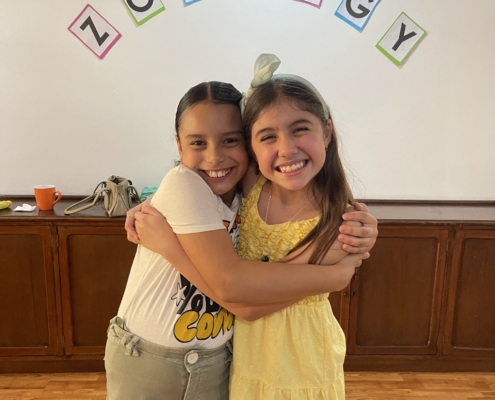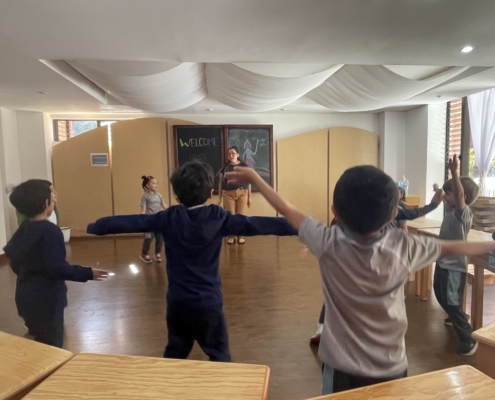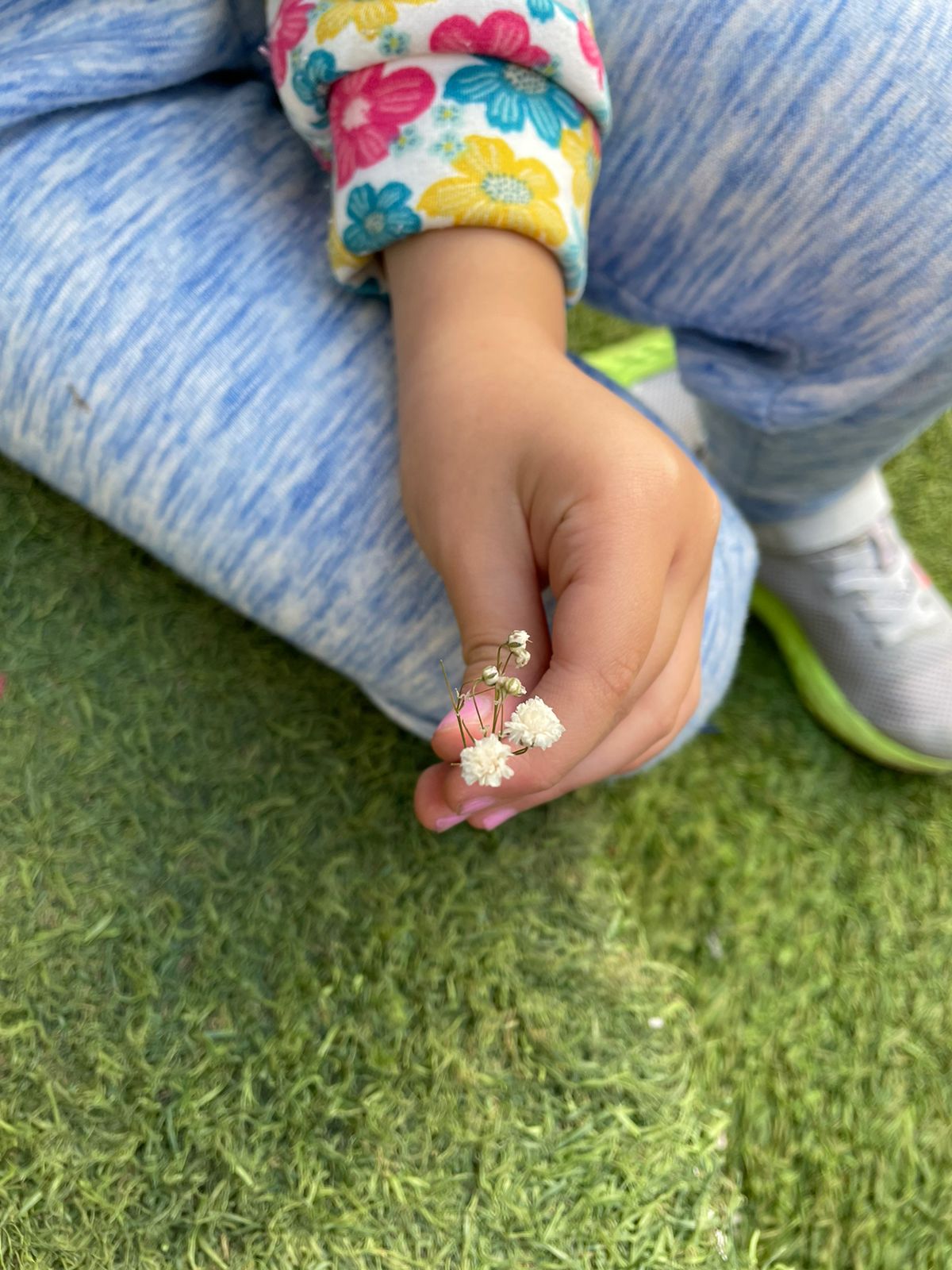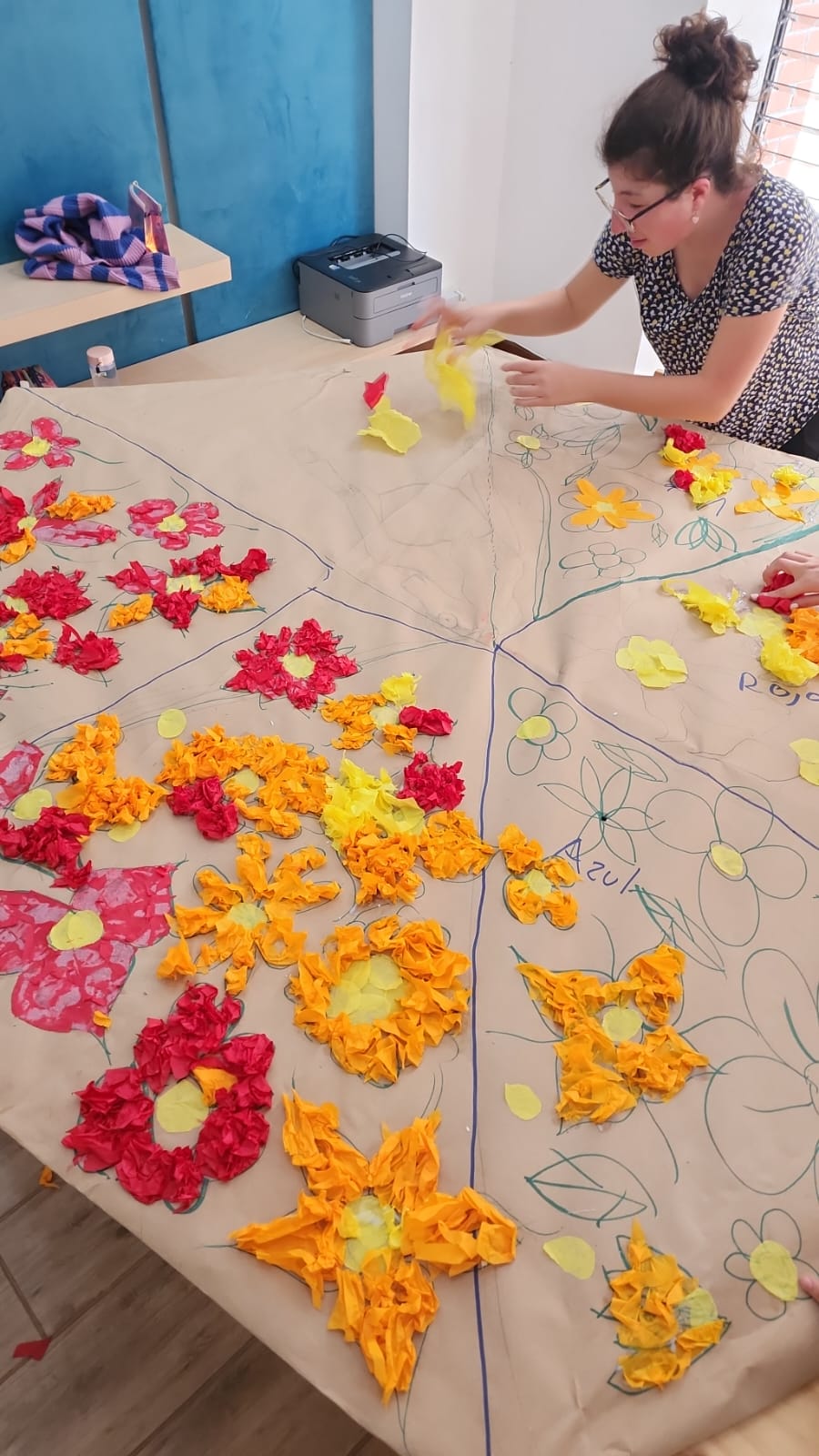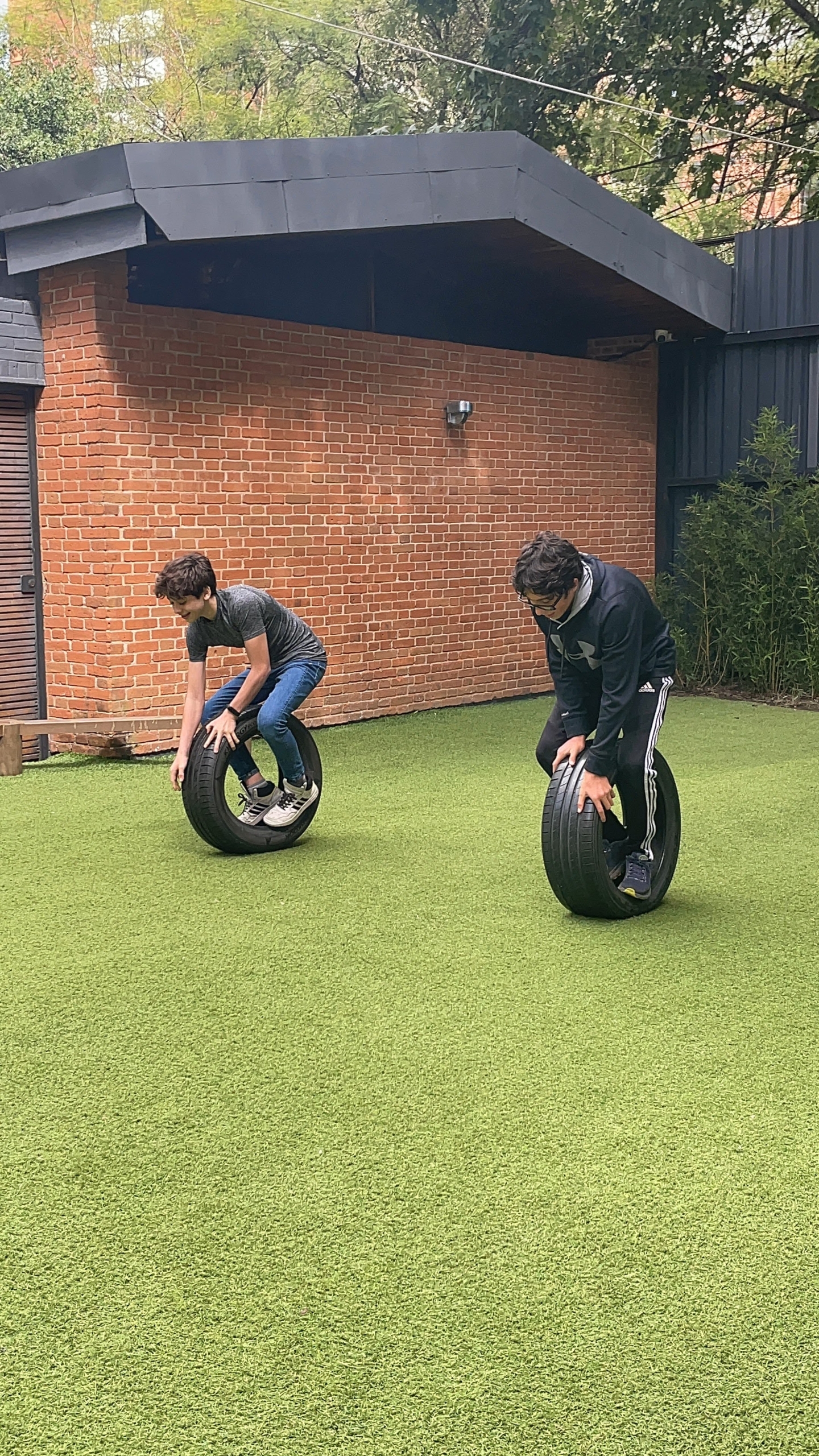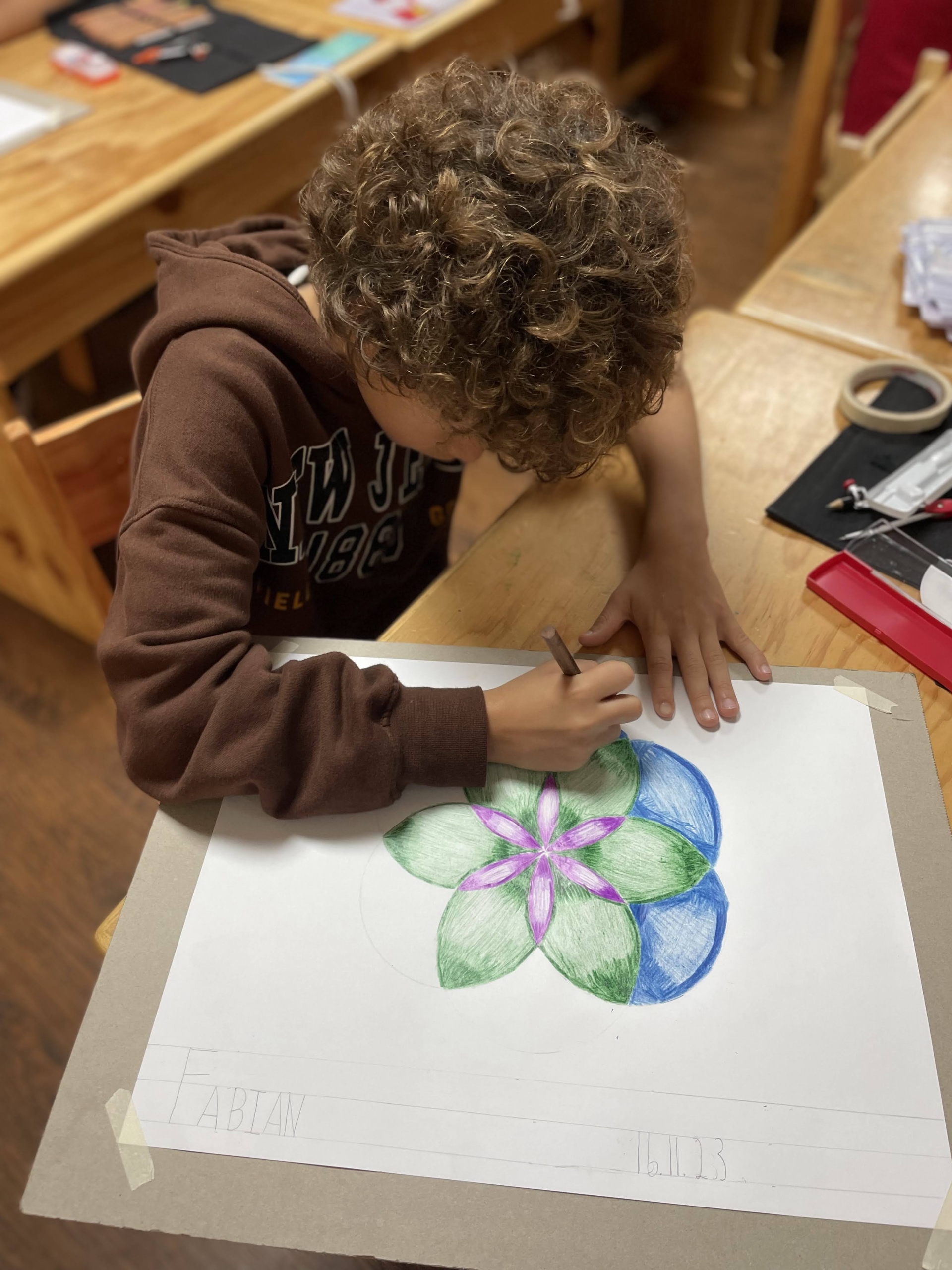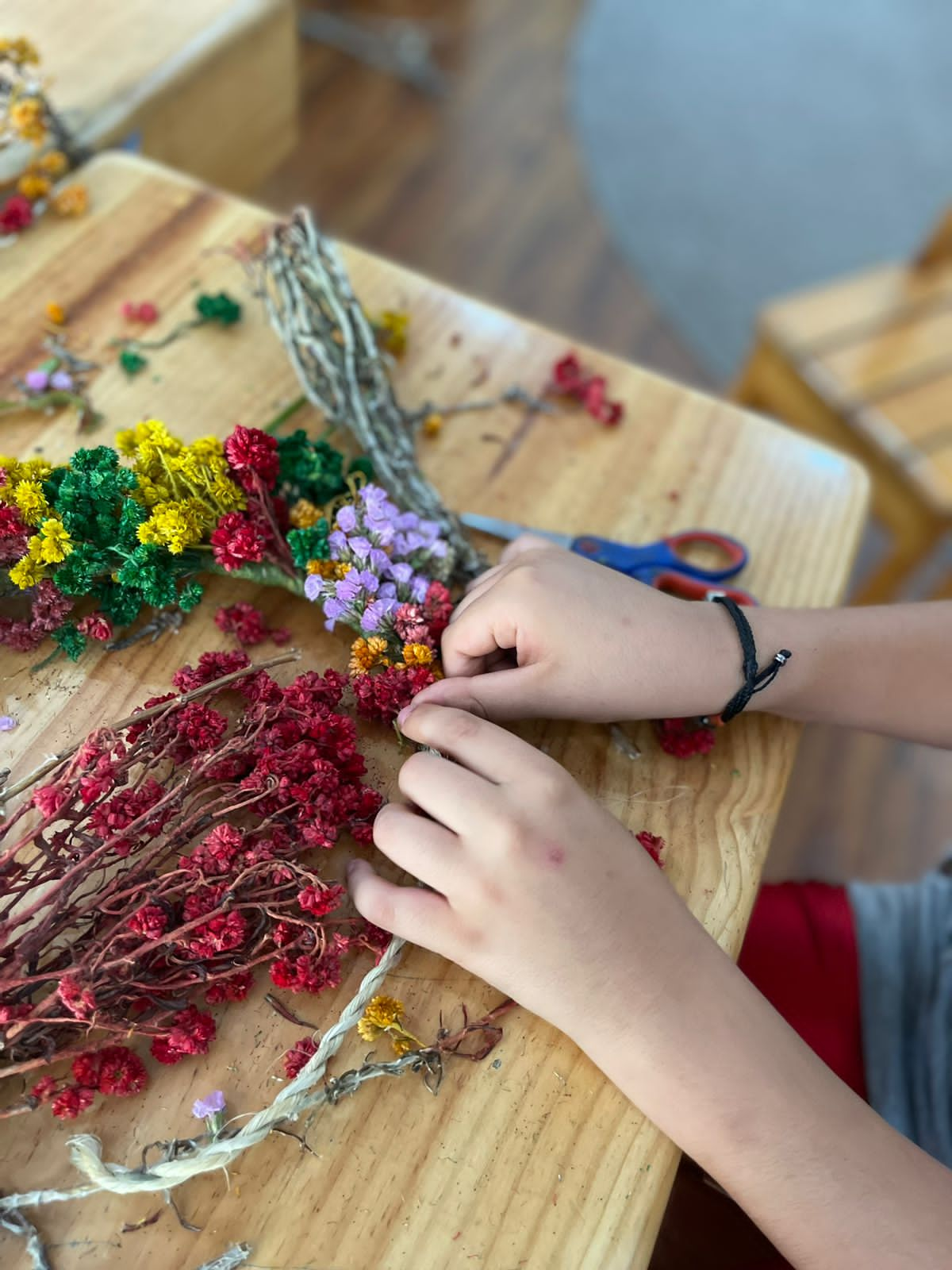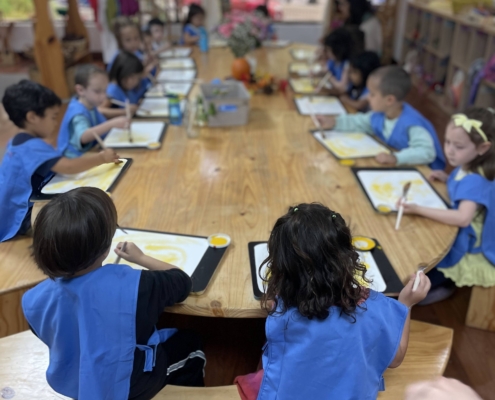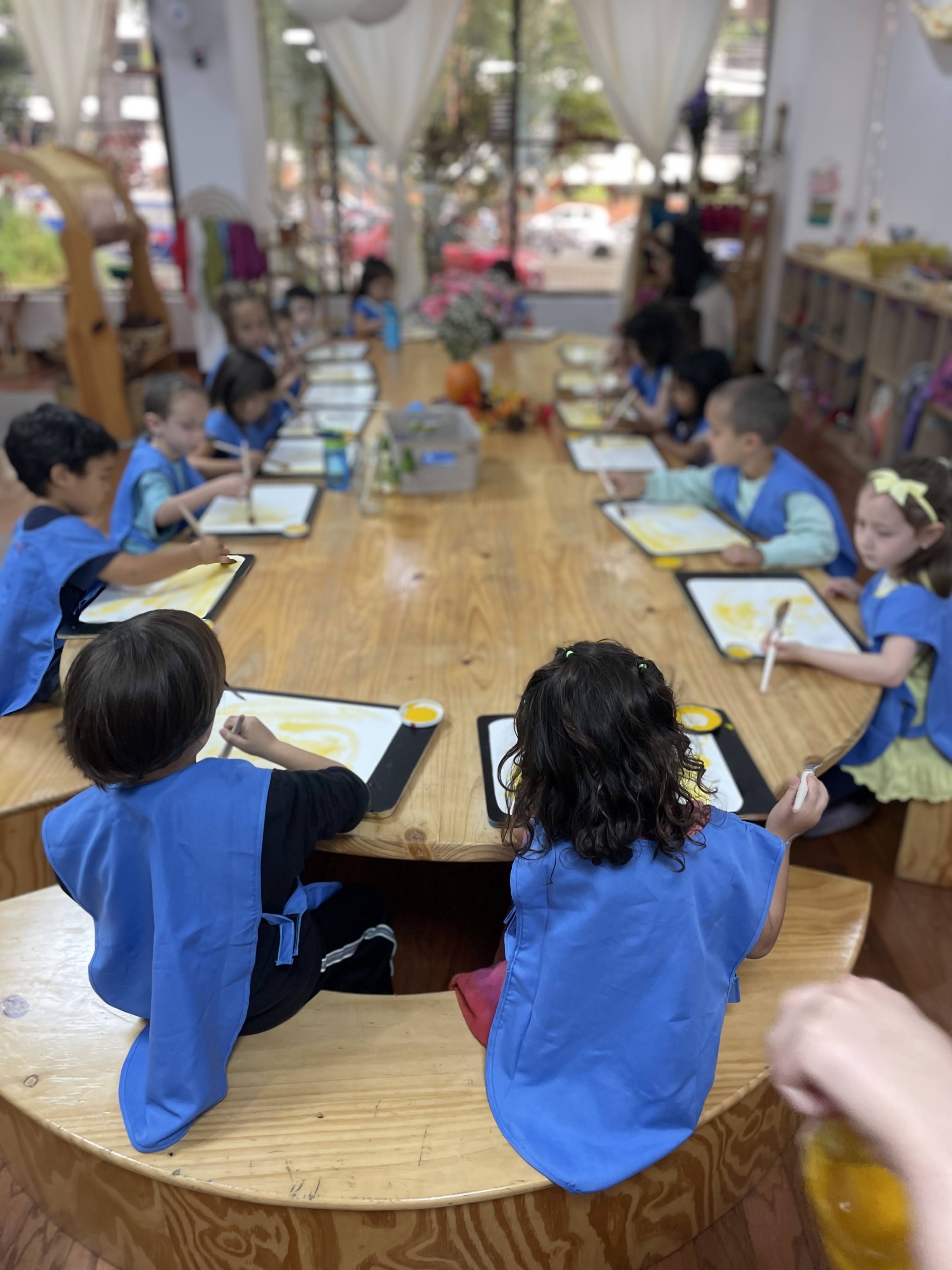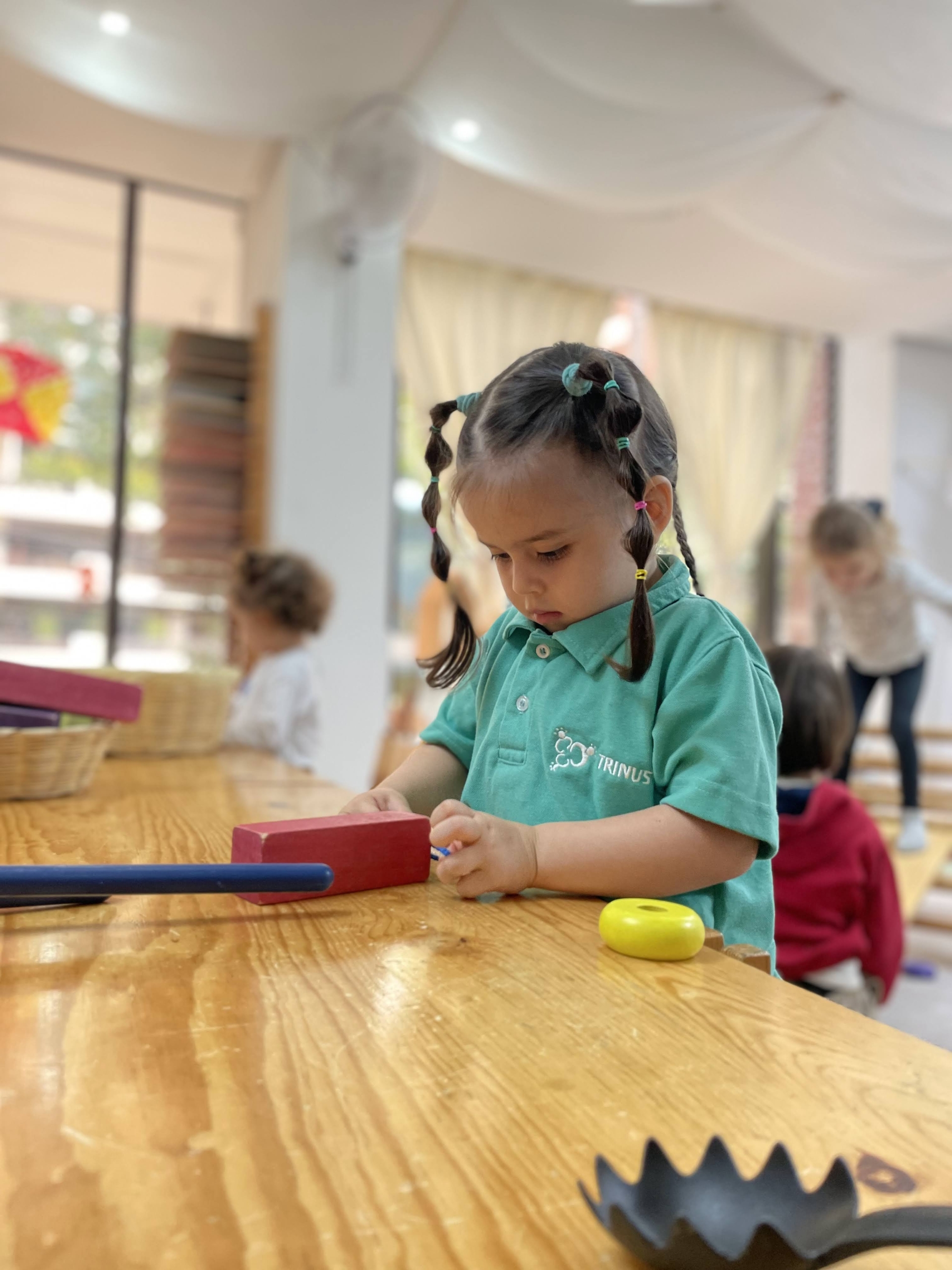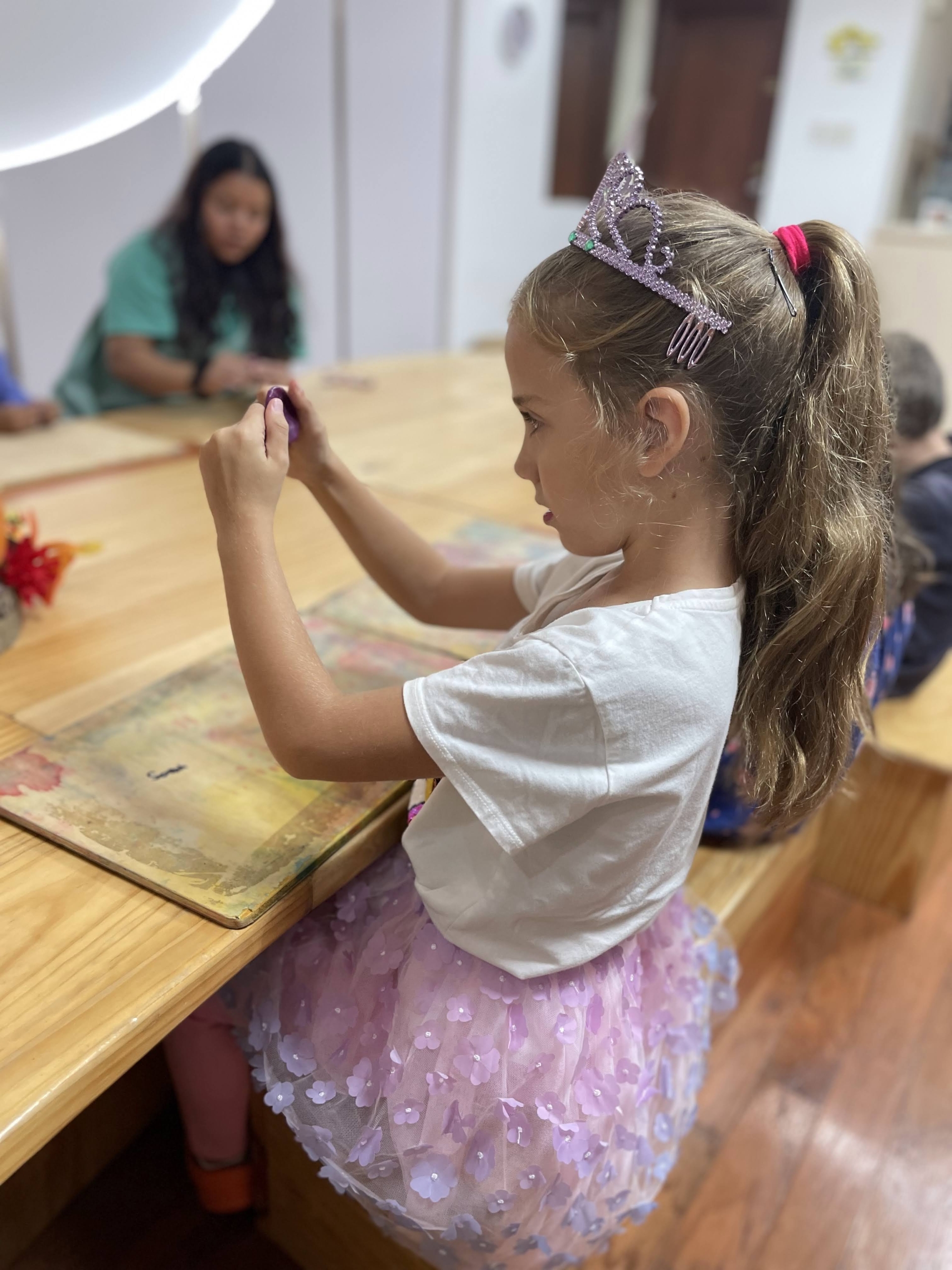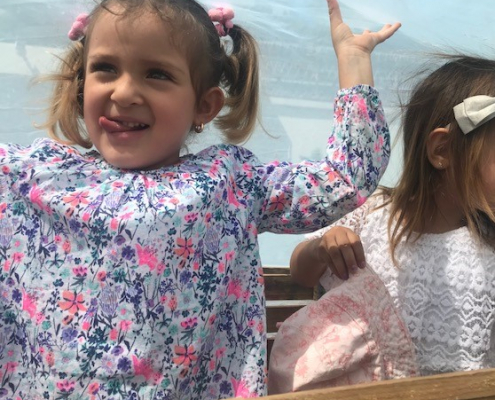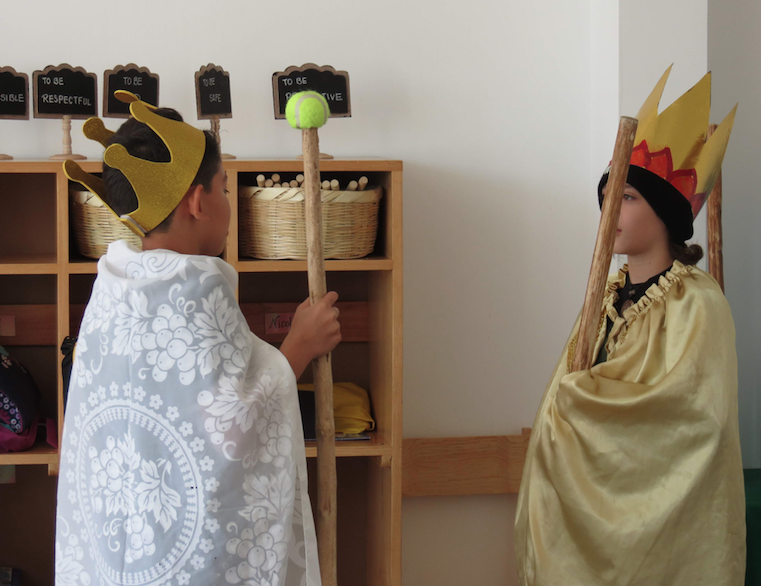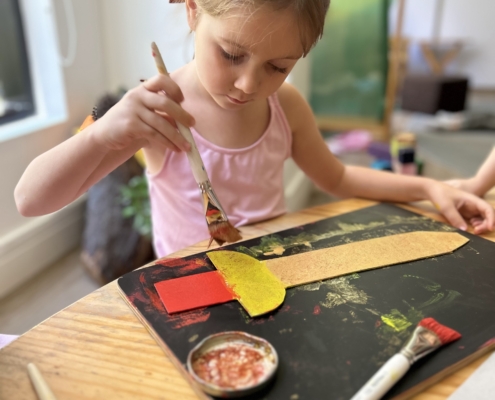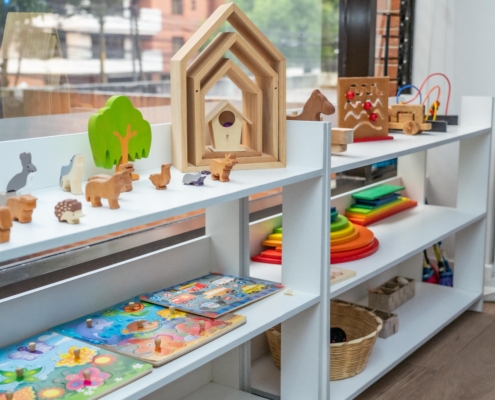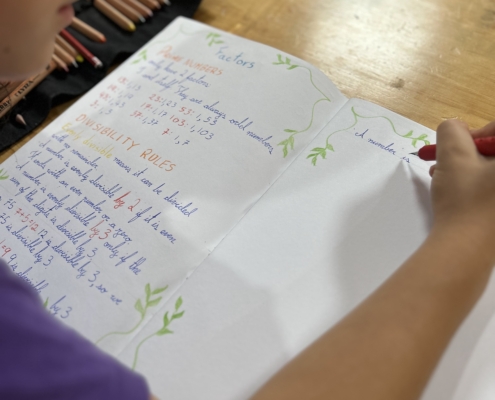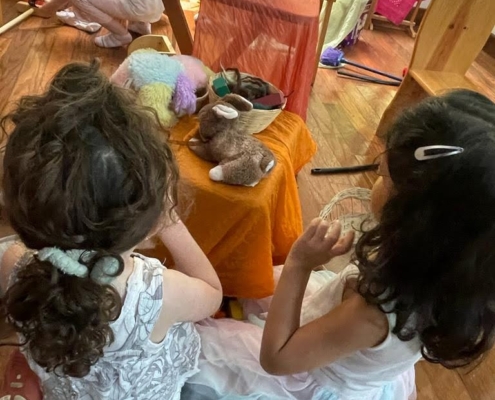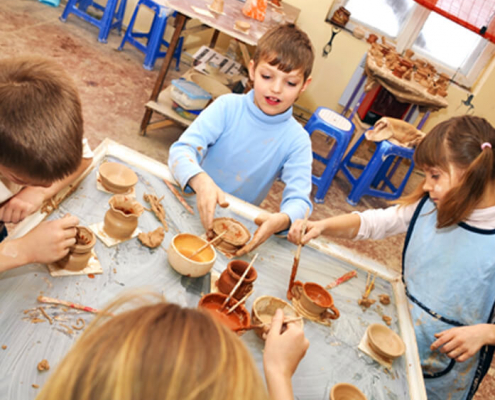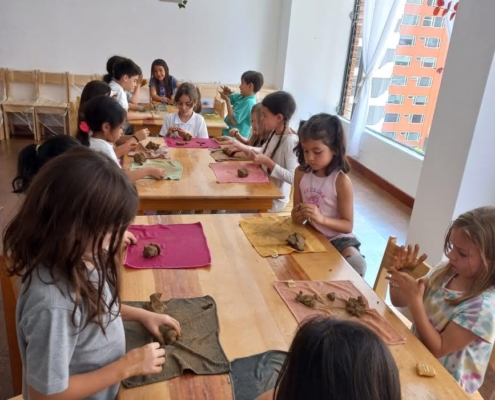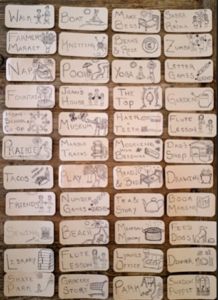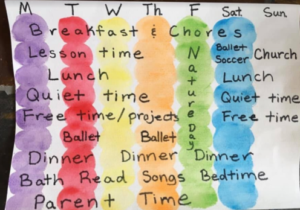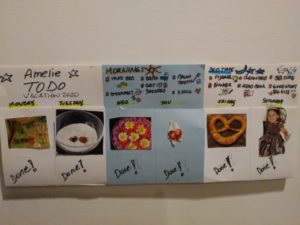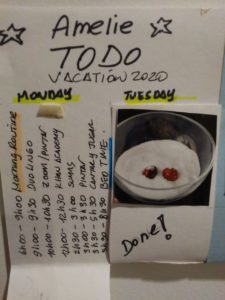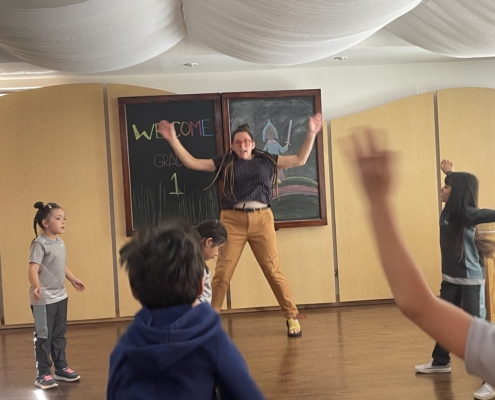La cena: 30 minutos para una familia más conectada
María Andrea García, psicopedagoga de Trinus

«Rodeados de gente que importa, mirando las caras que amamos, contamos nuestros éxitos y compartimos nuestras cargas, reviviendo los dramas cotidianos. La mesa es el lugar donde marcamos hitos, divulgamos sueños, hacemos negocios, damos gracias, planificamos vacaciones y contamos chistes, es donde los niños aprenden las lecciones que las familias enseñan: modales, cooperación, comunicación, autocontrol, valores. Seguir las normas. Sentarnos. Esperar turnos. Es donde nos construimos y festejamos. Es donde vivimos, entre mordiscos.» – Doris Christopher
Seguramente has escuchado decir que cenar en familia es bueno para tus hijos, pero es posible que no te imagines que este hábito podría cambiarles la vida. Cuanto más comamos en familia, mejor desempeño académico tendrán nuestros niños, menor probabilidad de involucrarse en asuntos negativos, sufrir depresión y es el mejor predictor que tenemos sobre qué pasará en la adolescencia de los niños
¿Por qué?
- Quizá porque las familias que comen juntas hablan más, lo que ayuda a la conexión y a la construcción de mejores relaciones.
- Quizá porque los padres que comen con sus hijos tienden a expresar su amor de forma más constructiva, también en forma de atención y supervisión.
- Quizá porque la cena transforma a los miembros individuales de la familia en un «grupo», lo que otorga a los padres más influencia a la hora de competir contra el poder del grupo de amigos.
- O quizá porque los niños, incluso más que nosotros, necesitan contar algo cada día, y la seguridad de la pertenencia y el cuidado que representa el ritual de compartir la comida con nuestros seres queridos es más tangible.
Sea cual sea la razón, la cena es una apuesta segura para construir en el hogar. Si estás demasiado ocupado como para cenar en familia regularmente, vale la pena revisar qué necesita más de nuestra importancia.
Los estudios demuestran que cuanta más frecuencia mejor. Lo ideal es que ambos padres, cuando viven juntos, cenen con sus hijos todas las noches. Pero no vivimos en un mundo ideal, así que hacemos lo que podemos, lo que a menudo significa, que sólo un padre está presente en la mayoría de las cenas semanales. A veces eso es lo mejor que una familia puede hacer durante la semana, y es funcional. Pero entonces es aún más importante que la familia pase tiempo junta durante los fines de semana, que los viernes, sábados y domingos tengamos un tono de celebración cuando todos nos sentamos juntos a disfrutar de la comida. Hay algo mágico en la construcción de la identidad familiar cuando todos los miembros comparten la comida, al menos durante una parte del tiempo.
Como es natural, a medida que tus hijos crezcan, serán ellos quienes tengan planes de noche. Pero si invitas a cenar a los amigos de tus hijos, te sorprenderá que a menudo estos preadolescentes y adolescentes disfrutan de una deliciosa cena gratis y casera antes de irse al cine o de fiesta. El secreto está en recordar que este debe ser un momento para que toda la familia se reconecte y se cargue de energía, no solo una obligación más. Es una importante oportunidad para reconectarnos y un importante fundamento para la tradición familiar.
¿Cómo lograr que una cena sea enriquecedora para que todos los miembros de la familia la esperen con interés? Aquí tienes 12 ideas para empezar.
1. Primero, relájate.
Si vuelves agotado del trabajo y tienes que poner la mesa deprisa, no tendrás recursos internos para hacer otra cosa que no sea sentarte. Pon algo para picar como primer plato (zanahorias, hummus y galletas), mientras te tomas diez minutos para descansar. Después estarás más relajado mientras cenas sentado en la mesa con esas personas que adoras.
2. Cultivar conscientemente el espacio sagrado.
Con mínimo esfuerzo, podemos crear una fiesta familiar diaria, corta pero reparadora, que ofrezca refugio frente a los problemas y aflicciones de la vida cotidiana. Algunas familias encienden velas, que parecen crear una atmósfera especial. Otras pronuncian unas palabras, que pueden ser de naturaleza religiosa o no, pero que les reconecta con la gratitud por estar simplemente vivos y juntos.
Sin embargo, el componente más importante es mantener una actitud de celebración y cariño. Los padres tendrán que marcar el tono, dejando de lado cuestiones triviales como los modales en la mesa y centrándose en lo que realmente importa, que, por cierto, no es la comida.
3. La comida no es lo importante.
Siempre existe el interés de crear hábitos alimenticios saludables para la familia. Pero tratemos de recordar que lo importante es sentarse a cenar y conectar con los demás, no lo que comemos. Hay muchas opciones fáciles, sanas y apetecibles para los niños que ayudan a hacer de la cena un momento agradable. La clave está en que una nutrición decente no requiere un largo tiempo de preparación y, en vez de estresarte con la comida, lo que realmente necesitas es conectar con tu familia.
4. Apaga la tele y la radio.
Algunas familias vencen la tentación de encender la tele durante la cena situándose donde no se alcance a ver desde la mesa. Muchas establecen la regla de no contestar al teléfono, incluso si mamá o papá reciben una importante llamada de trabajo, y apagan los móviles para no escucharlos. Protege de interrupciones ese tiempo especial con tu familia. Como dijo un presidente de los Estados Unidos en relación con la prioridad de cenar con sus hijas, el mundo seguirá ahí dentro de media hora, incluso si eres el presidente.
5. Establece rutinas y rituales divertidos.
Algunas familias se turnan para escoger la música de fondo o el postre. Algunas rotan sobre quien dice algunas palabras iniciales o elige el tema de conversación. En algunas familias, el martes es noche de pizza y el viernes es noche de juego familiar. El hecho de crear una rutina refuerza el aspecto ritual y crea la sensación de hogar y de familia e, independientemente de las dificultades cotidianas, la vida es buena.
6. Usa bendiciones para crear un sentido de gratitud y conexión.
A menudo se escucha algo como “no creo en Dios, así que no bendigo la cena”, pero las bendiciones no son necesariamente religiosas. Las bendiciones son: nuestra gratitud por poder sentarnos a comer mientras otros pasan hambre, querernos los unos a los otros, honrar a la persona que preparó la comida y a la generosa naturaleza que la produjo o nuestra consciencia de tener todo lo que necesitamos en este preciso momento. Las bendiciones son una manera de reconocer el momento de la comida como un tiempo sagrado juntos, una manera de conectarnos en la delicadeza del amor compartido.
7. Haz que la conversación sea agradable para todos…
Se puede comenzar con una ronda rápida de preguntas del tipo ¿Qué tal hoy en la escuela / trabajo?, lo que a menudo desemboca en un tema. Muchas familias lo formalizan con el método «rosa y espina», en que cada miembro de la familia comparte lo mejor y lo peor que le ha pasado en el día.
Después, se puede profundizar en algo que surgió en la ronda inicial o hablar sobre un futuro plan familiar, como qué hacer durante las vacaciones escolares de primavera. Pregunta a los niños qué opinan sobre los temas de los cuales están conversando, o pídeles su opinión sobre alguna decisión que tienes que tomar. Plantea problemas éticos que no sean sencillos de responder y pide a los distintos miembros de la familia que expresen cómo los abordarían y por qué.
8. Asegúrate de que todos participen.
A las familias que ya tengan la costumbre de conversar les será más fácil que a aquellas que van a empezar con niños mayores, pero no hay que darse por vencido. A menudo, los niños que no conversan pueden ser persuadidos para hacerlo si les preguntamos específicamente por sus intereses. ¿Por qué te gusta tanto ese tipo de música? será más eficaz que ¿Qué tal en la escuela hoy?
Los adolescentes más callados cuyas familias no han tenido la costumbre de conversar en la cena puede que requieran más esfuerzo. Prepárate para algún corte y mantén el sentido del humor; probablemente tu hijo acabe participando desde sus propios términos. Facilitar una conversación positiva puede ser un desafío para los padres, pero vale muchísimo la pena por la comunicación y cercanía que fomenta en la familia.
9. Escucha.
Michelle Trujillo dice en su libro Why Can’t We Talk?: What Teens Would Share if Parents Would Listen que los preadolescentes y los adolescentes quieren hablar desesperadamente con sus padres sobre cosas que les preocupan, pero los padres no escuchan.
No des consejos a menos que te lo pidan y tus hijos estarán más dispuestos a hablar de sus problemas. Los niños suelen aprender a solucionar las cosas simplemente hablando. Tus hijos no siempre te dirán cosas cómodas de escuchar, pero trata de verlo desde su perspectiva. Simplemente, recuerda la suerte que tienes de tener hijos dispuestos a hablar contigo y respira.
10. Consensúa que por la noche cenarán juntos y que perderse la cena es un problema.
A veces un adulto está fuera de la ciudad o un niño tiene un evento escolar. Algunos padres tratan de mantener una noche como noche de cita para mantener vivo el vínculo entre ambos, y muchas familias tienen por costumbre juntarse con otros familiares para cenar el sábado o domingo por la noche. Pero se puede planear que ciertas noches todos los miembros estén en casa para la cena. Si es necesario, se puede empezar por una o dos noches a la semana, organizarse para que esas noches se vuelven súper especiales para todos.
11. Intenta que todos colaboren con la cena.
Una vez que los niños se acostumbran a la idea, el trabajo en grupo puede ser divertido y, por supuesto, es una gran experiencia de aprendizaje para ellos. Los adolescentes, especialmente, suelen disfrutar de poder decidir lo que la familia cena una noche a la semana. Aprender a cocinar es una buena práctica para el momento de su independencia. Obviamente no sucederá todas las noches, pero quizá se pueda consensuar en familia que cada uno ayude con la cena una vez a la semana. Se puede empezar poniendo la mesa y sirviendo la comida todos juntos.
12. Celebra siempre que sea posible.
Celebra todos los cumpleaños, logros de cualquier tipo, cambios de estación. Siempre hay algo que celebrar. ¡Simplemente cada día que pasa en familia es digno de ser celebrado!

